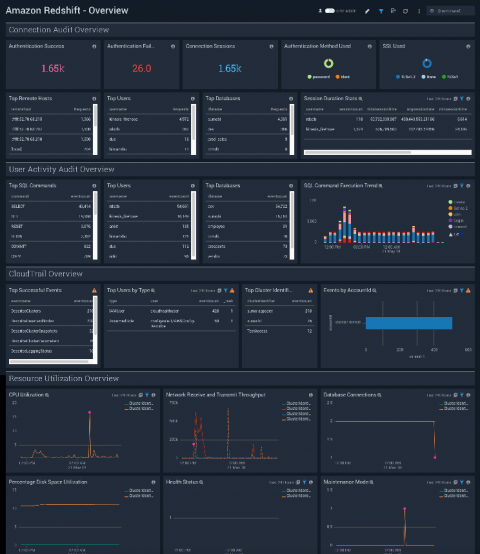6 quick ways to cut cost on your Lambdas
We’ve talked about how serverless architecture is a great option for companies that are looking to optimize costs. Just like with all app building and developments, monitoring the performance of your implementation is crucial and we, the folks at Dashbird, understand this need all too well – this is why we’ve spent the better part of the past year and a half to create a monitoring and observability solution for AWS Lambda and other Serverless services.











